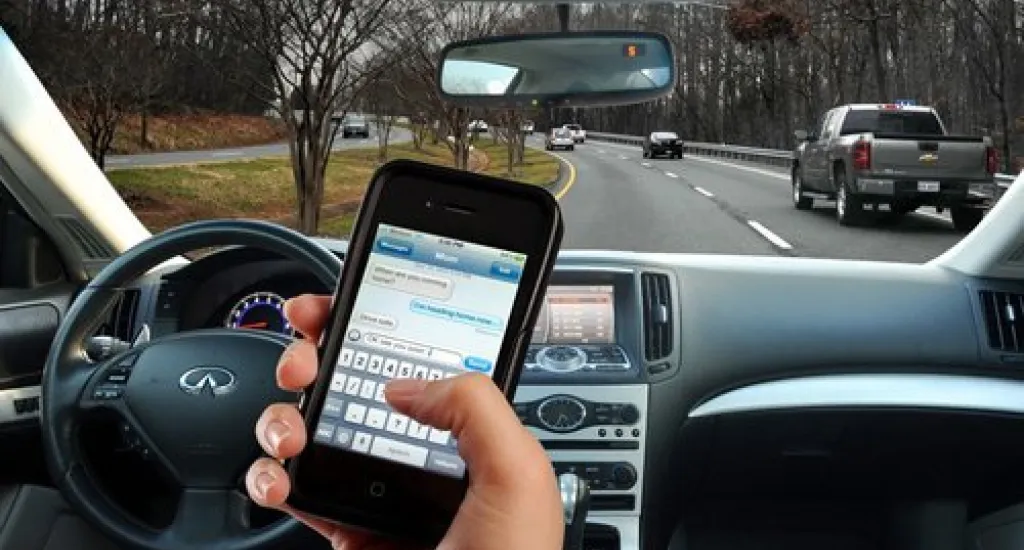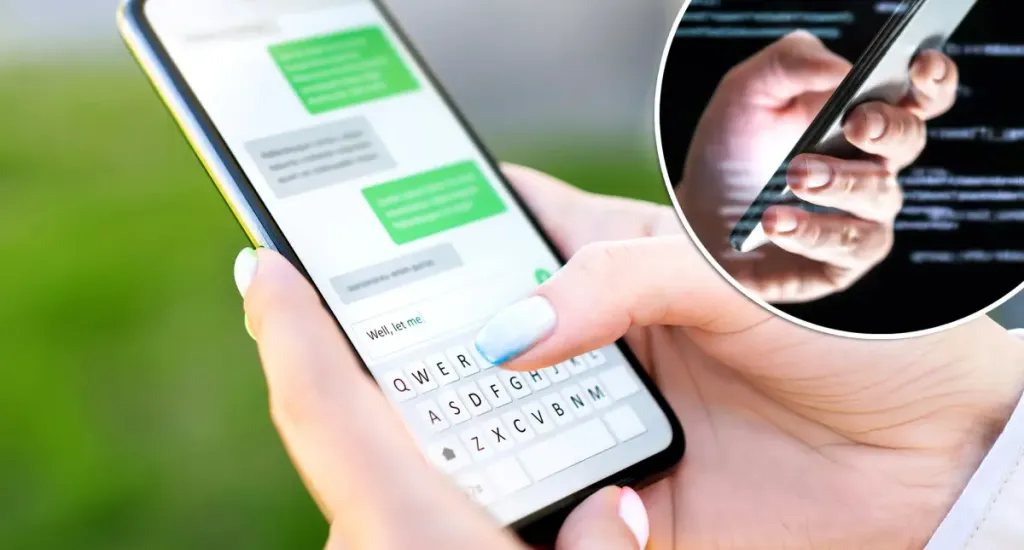
In today's digital landscape, the distinction between VoIP and non-VoIP phone numbers has become increasingly important for users seeking reliable communication solutions. Many online services now specifically require non-VoIP numbers for account verification, creating a growing demand for understanding what these numbers are and how to obtain them without breaking the bank.
Non-VoIP phone numbers represent traditional telecommunications infrastructure, operating through cellular networks rather than internet-based voice protocols. This fundamental difference makes them more trusted by verification systems and provides enhanced reliability for critical communications. Understanding this distinction becomes essential when navigating modern digital requirements.
Understanding Non-VoIP vs VoIP Technology
The telecommunications world operates on two primary infrastructures: traditional cellular networks and Voice over Internet Protocol (VoIP) systems. Non-VoIP numbers connect directly to cellular towers and traditional phone company infrastructure, providing the authenticity that many verification systems require.
VoIP numbers, while incredibly useful for many applications, route calls and messages through internet servers. This routing method, while cost-effective and flexible, often gets flagged by verification systems that prioritize security and want to ensure users provide legitimate contact information.
The technical differences extend beyond simple routing methods. Non-VoIP numbers typically offer more consistent delivery rates for SMS messages, better integration with emergency services, and higher acceptance rates across various online platforms. These advantages make them particularly valuable for users who need reliable communication for business purposes or critical account verifications.
When examining how to find owner of voip number versus non-VoIP numbers, the traceability differs significantly. Non-VoIP numbers connect to specific carrier databases with clearer ownership records, while VoIP numbers may have more complex ownership trails through various service providers.
Why Services Reject VoIP Numbers
Online platforms increasingly implement VoIP detection systems to prevent fraud and ensure user authenticity. These systems analyze number patterns, carrier information, and routing data to determine whether a phone number originates from traditional cellular infrastructure or internet-based services.
Financial institutions, social media platforms, and e-commerce sites particularly scrutinize VoIP numbers due to their association with temporary or disposable communication methods. While VoIP technology serves many legitimate purposes, its accessibility and anonymous nature create potential security concerns for platforms requiring verified user identities.
The rejection of VoIP numbers also stems from regulatory compliance requirements. Many industries must maintain strict user verification standards, and traditional phone numbers provide clearer audit trails and accountability measures than their internet-based counterparts.
Understanding these restrictions helps users choose appropriate communication methods for different purposes. While VoIP numbers excel for privacy-focused communications, non-VoIP numbers prove essential for formal verifications and establishing credible digital identities.
Methods to Obtain Free Non-VoIP Numbers

Traditional Carrier Promotions
Major cellular carriers occasionally offer promotional plans that include free phone numbers with minimal service requirements. These promotions typically target new customers and may include prepaid options with low monthly commitments that effectively provide free access to legitimate cellular numbers.
Carrier promotions often coincide with seasonal marketing campaigns or competitive responses to rival offerings. Staying informed about these opportunities requires monitoring carrier websites and promotional communications, but the effort can result in significant savings while accessing genuine non-VoIP infrastructure.
Some carriers also offer family plan additions at reduced rates, where additional lines cost minimal amounts monthly. While not entirely free, these options provide legitimate non-VoIP numbers at very low cost, making them practical alternatives for users needing multiple verified numbers.
Government and Community Programs
Various government assistance programs provide cellular service access to qualifying individuals, typically those meeting specific income requirements or participating in other assistance programs. These initiatives recognize cellular communication as essential infrastructure and provide genuine non-VoIP numbers through established carriers.
Community organizations and non-profits sometimes partner with carriers to provide communication services for specific populations, including students, seniors, or individuals transitioning from difficult circumstances. These programs prioritize legitimate communication needs while providing access to standard cellular infrastructure.
The application processes for these programs require documentation and qualification verification, but successful applicants receive authentic cellular service indistinguishable from standard commercial offerings. This approach ensures access to non-VoIP numbers that meet the strictest verification requirements.
Business and Educational Opportunities
Many businesses offer cellular service as employee benefits or provide company phone lines for work-related communications. These arrangements typically include legitimate carrier-provided numbers that function as standard non-VoIP lines for personal verification needs, though usage policies may restrict certain applications.
Educational institutions frequently provide communication services to students, faculty, and staff. University and college programs sometimes include cellular service access as part of student fees or employment packages, resulting in access to legitimate non-VoIP numbers through established educational partnerships with carriers.
Professional development programs and training initiatives occasionally include communication tools as part of their offerings. Participants in certain career development or job training programs may receive temporary or ongoing access to cellular services that provide authentic non-VoIP numbers.
Free Non VoIP Number App Solutions
The app ecosystem has produced several legitimate solutions for accessing non-VoIP numbers, though truly free options remain limited due to the underlying infrastructure costs. Reputable non voip number app solutions typically operate through partnerships with established carriers, ensuring authentic cellular routing rather than internet-based alternatives.
Some applications offer trial periods or credit-based systems that allow users to test non-VoIP number functionality before committing to paid services. These trial offerings provide opportunities to verify that the numbers meet specific verification requirements while evaluating the service quality and reliability.
Legitimate applications in this space maintain transparency about their infrastructure partnerships and clearly distinguish between VoIP and non-VoIP offerings. Users should carefully research any app claiming to provide free non-VoIP numbers, as the underlying technology costs make completely free services economically challenging to sustain.
BODE IM: Bridging the Gap

BODE Instant Messenger addresses the complex landscape of phone number requirements through its comprehensive platform offering virtual numbers from over 197 countries worldwide. While BODE IM primarily focuses on virtual number solutions, its innovative approach to number acquisition and global reach provides valuable alternatives for users navigating various verification challenges.
The platform's unique earning system allows users to acquire numbers and messaging capabilities through task completion, removing financial barriers that often prevent access to communication tools. This model proves particularly valuable for users who need reliable international communication without the expense of traditional roaming or multiple carrier relationships.
BODE IM's global infrastructure ensures that users can establish local presence in virtually any region, with numbers that provide reliable messaging capabilities for international communications. The platform's focus on accessibility through earned credits makes premium communication features available to users regardless of their financial circumstances.
The distinction between VoIP and non-VoIP requirements varies by region and platform, and BODE IM's extensive country coverage allows users to find solutions that meet their specific verification needs. The platform's transparency about number types and capabilities helps users make informed decisions about which numbers will work for their intended purposes.
SMS Verification Strategies
Successfully using any phone number for SMS verification requires understanding the specific requirements of different platforms. Some services accept a broader range of number types, while others maintain strict policies requiring traditional carrier-provided numbers.
Testing number compatibility before critical verifications prevents frustration and potential account issues. Many platforms provide clear error messages when numbers don't meet their requirements, allowing users to adjust their approach accordingly.
Maintaining consistent phone number access for ongoing verifications requires planning, especially when using promotional or temporary services. Users should consider the longevity of their chosen solution and plan for potential transitions if their initial approach proves temporary.
Best Practices and Recommendations
When seeking free non voip number for sms verification, prioritizing legitimate sources protects both personal information and ensures reliable service. Established carriers, recognized assistance programs, and transparent application providers offer the best combination of authenticity and reliability.
Documenting successful verification methods helps build a personal knowledge base for future needs. Different platforms may have varying requirements, and maintaining records of which approaches work for specific services streamlines future account creation or verification processes.
Understanding the terms of service for any communication provider prevents unexpected service interruptions or policy violations. Even free services typically include usage guidelines and acceptable use policies that users should review and follow.
Legal and Compliance Considerations
Using phone numbers for verification purposes falls under various regulatory frameworks, particularly when dealing with financial or healthcare-related services. Users should ensure their chosen communication methods comply with relevant regulations and platform requirements.
The ownership and control of phone numbers involve legal considerations, especially for business or professional applications. Understanding the rights and responsibilities associated with different types of phone service helps users make informed decisions about their communication strategies.
Privacy implications vary between different phone number types and providers. Users should evaluate the data collection and retention policies of any service provider, particularly when dealing with personal or sensitive communications.
Conclusion
The landscape of free non-VoIP numbers presents both opportunities and challenges for users seeking reliable communication solutions. While completely free options remain limited due to infrastructure costs, various legitimate pathways exist for accessing authentic cellular numbers through carriers, assistance programs, and innovative platforms.
Understanding the distinction between VoIP and non-VoIP technology empowers users to choose appropriate solutions for their specific needs. Whether requiring numbers for SMS verification, international communication, or business purposes, informed decision-making ensures both reliability and compliance with platform requirements.
The future of telecommunications continues evolving, with platforms like BODE IM demonstrating innovative approaches to global communication access. By combining traditional infrastructure benefits with modern accessibility models, these solutions bridge the gap between user needs and technological capabilities, providing practical alternatives for diverse communication requirements.
Success in navigating phone number requirements ultimately depends on matching the right solution to specific needs while maintaining awareness of the legal, technical, and practical considerations that influence communication choices in our increasingly connected world.
Related Articles:
Related Articles




